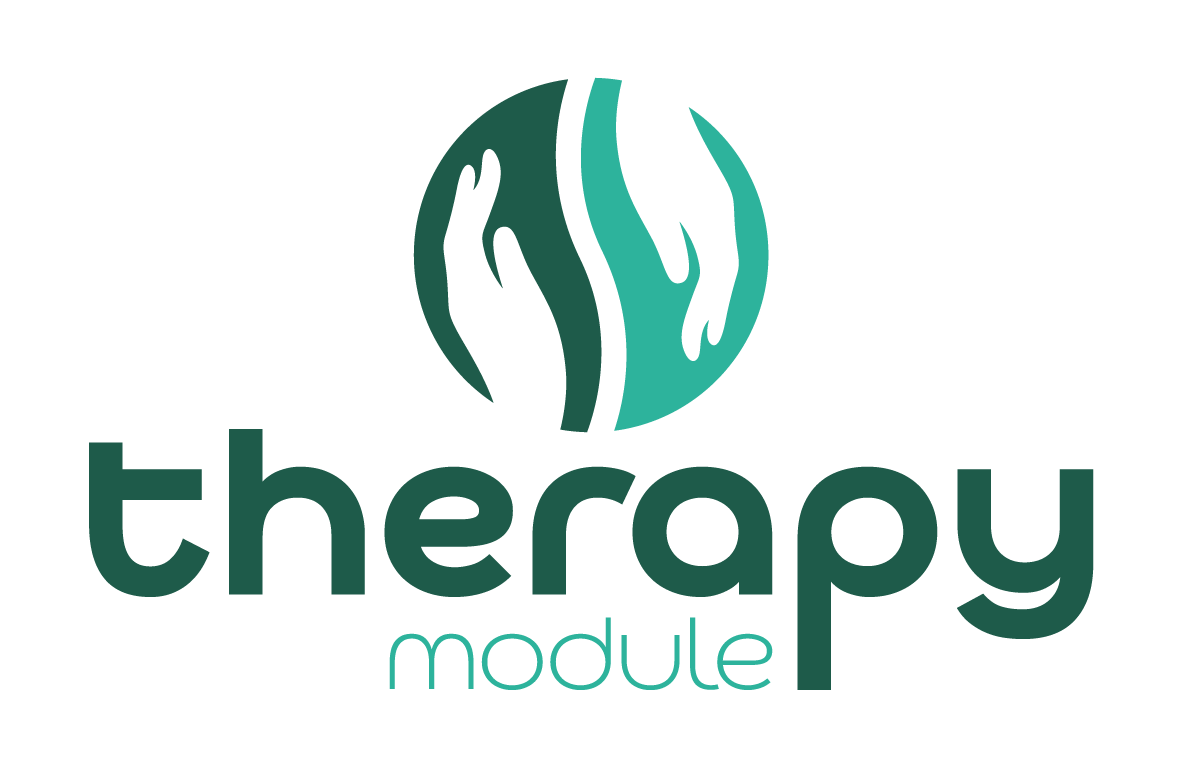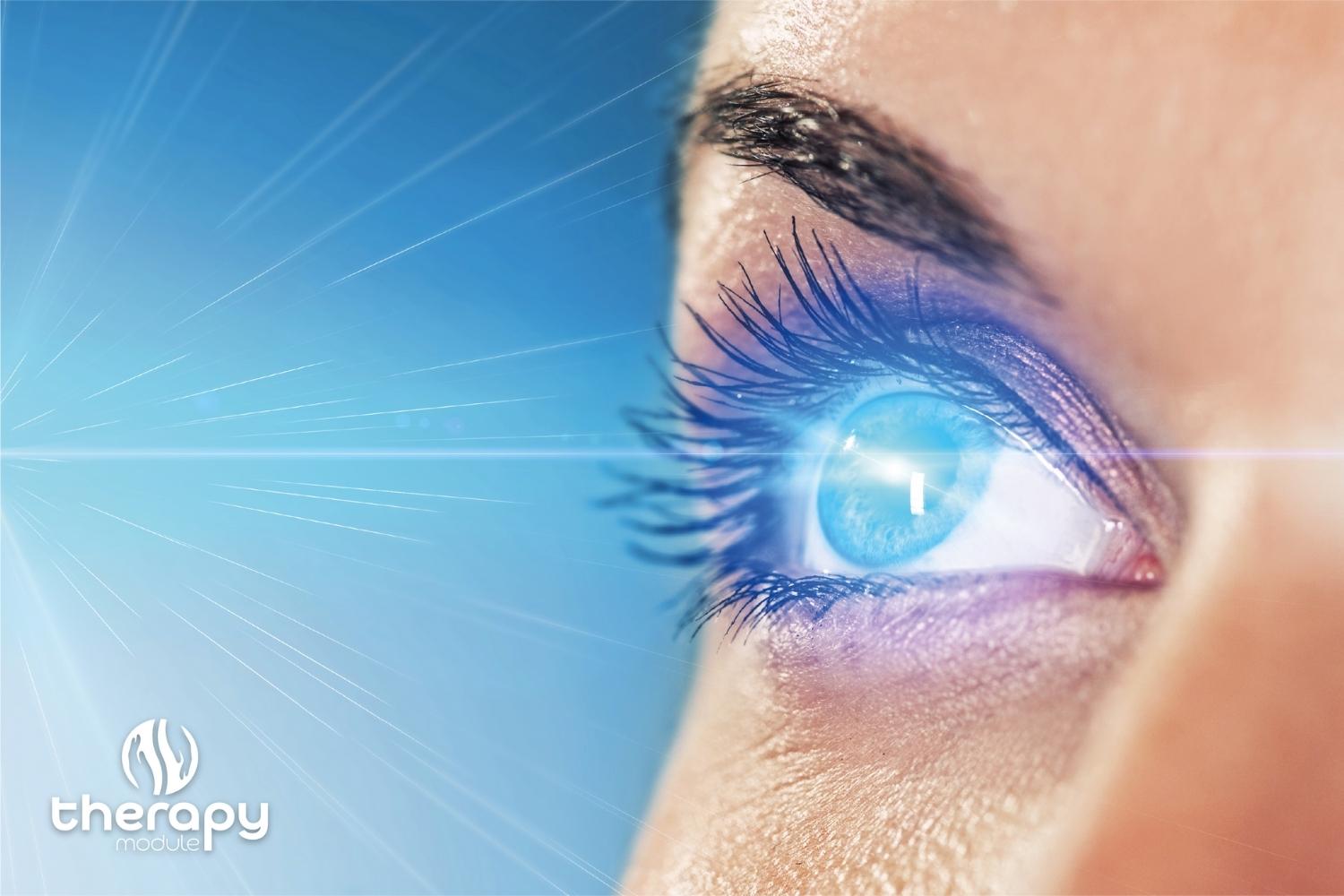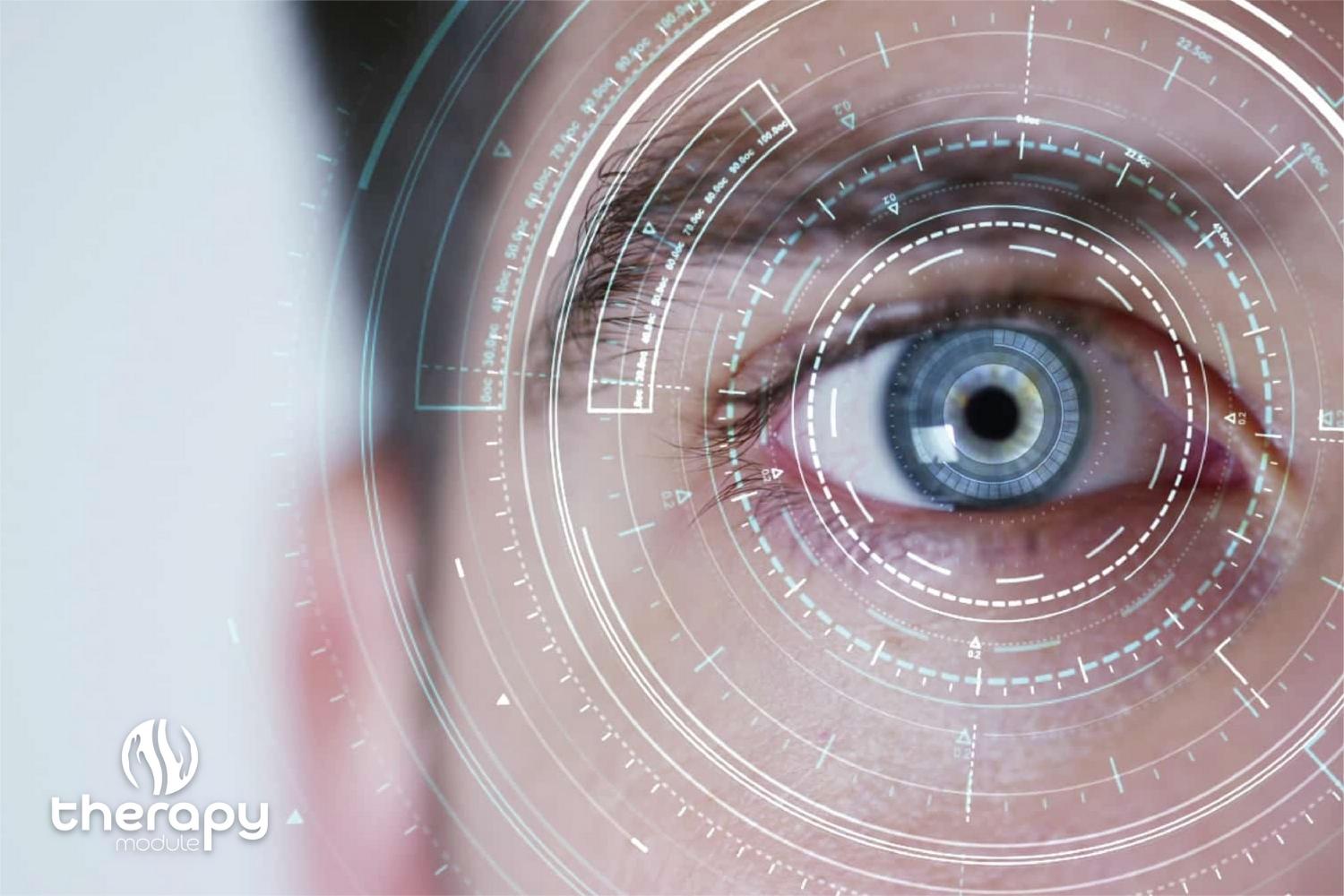Current Triggers Module
Post-traumatic stress disorder | Depression | Reliving traumatic events | Avoiding things related to the event | Feeling more irritable/tense | Shame, guilt or a negative self-image | Gloom | Concentration problems | Unexplained physical symptoms | Sleep problems | Fears, panic, anxiety, restlessness | Stress | Motivational problems | Eating problems | Chronic pain | Addictions
Through our “Present Triggers” module, our program assists users in identifying people, events, situations, objects, etc., in the present day that trigger and make their daily life challenging. The aim is to process these triggers using the EMDR method so that they no longer disturb the individual. This is accomplished alongside techniques that teach self-emotion regulation. Upon completing the module, individuals can not only learn and enhance their emotional regulation skills but also manage and overcome situations that trigger them in the present. If needed, the “Past Experiences” module and the “Future Scenarios” module are incorporated into the process.
Product Description
What benefits can you experience?
Gain the ability to deal with uncomfortable situations
Freedom from past bad experiences
Regain lifecycle functionality
Develop a healthy approach to situations
Objective
In everyday life, certain events, situations, people, images, sounds, etc., can act as “triggers” that make it difficult for individuals to continue with their lives. These triggers can include experiences such as shortness of breath, encountering someone you don’t want to see, boarding an airplane, speaking in front of a crowd, or driving a car. The objective of the Current Triggers Module is to help users overcome these challenging situations.
Outcome
Users become aware that the triggers that used to affect them no longer have power over them. Discomforting situations are resolved, and users can now live in the present moment in a healthy manner. Additionally, even though previous triggers have been addressed, users may encounter new triggers in their life experiences. However, they have learned how to overcome them through the Current Triggers Module.
Module outline
The first step in the Current Triggers Module is for the user to establish a safe space and plan their goals.
The user creates a safe space where they can feel comfortable and supported. This space can be either a mental space or a physical place. The user identifies a place that calms them down, provides a sense of security, and promotes relaxation. This safe space helps the user cope with stressful or triggering situations.
Goal planning is also part of this stage. The user identifies the goals they want to achieve during the therapy process and plans for them. These goals can be in various areas, such as improving the user’s current situation, changing negative thoughts and behaviors, or adopting a healthier lifestyle. The user sets realistic, measurable, and attainable goals.
The program provides the user with various tools to guide them during this stage. These tools may include visual aids, audio instructions, or planning resources. The user is supported and guided in creating their safe space and planning their goals.
Establishing a safe space and goal planning is an important step for the user to start and focus on their therapy journey. This stage enables the user to build a secure foundation and supports their progress by setting and working towards their goals.
Our program guides the user in creating a safe space and helps them plan their goals at this stage. The user feels supported as they embark on their therapy journey and gains motivation to make positive changes.
The section titled “Working with Triggers in Daily Life” represents the second step of the Current Triggers Module. The goal of this stage is to help the user learn how to cope with triggering elements in their daily life.
The user develops conscious awareness to recognize, notice, and understand triggering elements they encounter in their daily life. These elements can be specific people, places, events, thoughts, or emotions. By observing when triggers arise and how they trigger reactions, the user starts to better understand these elements.
The program provides the user with techniques to develop coping skills for dealing with triggering elements. These techniques can include mindfulness exercises, breathing techniques, emotional regulation strategies, or cognitive restructuring. Through the application of these techniques, the user learns how to identify triggering elements, reduce their impact, and develop healthier responses.
The section titled “Desensitization and Resource Installation” represents the third step of the Current Triggers Module. This stage involves identifying triggering elements in the present moment and conducting desensitization using Eye Movement Desensitization and Reprocessing (EMDR) for a selected triggering element. Users can also utilize resource installation techniques if needed.
With the guidance of the program, the user identifies triggering elements in their current life. These elements can be environmental factors, events, people, or internal thoughts. The user selects one triggering element that is most significant or distressing to them and sets it as the target for desensitization using EMDR.
The reprocessing process allows the user to regulate their relationship with the chosen current trigger in a healthier way. The Light Beam technique is a therapeutic technique that supports this process. The user can reprocess the current trigger more objectively by focusing their eyes on a light beam or working with another stimulus. This process reduces the impact of the trigger, restores emotional balance, and mitigates negative effects.
In this step, the user is encouraged to identify a new triggering memory and engage in desensitization work focused on that trigger. The user takes a motivated step to reduce the impact of the distressing trigger on themselves.
In this stage, the user engages in desensitization work with the trigger identified in the previous stage and also performs resource installation when needed. Desensitization work aims to lighten the burden of traumatic or distressing memories by focusing on them. Resource installation, on the other hand, aims to access the user’s internal sources of strength and restore emotional balance. This process supports the user in feeling stronger and more secure, providing support throughout the therapy process.
In this step, the user starts to reprocess the current triggering stimuli and is supported by breath work during this process. The user aims to observe and reprocess the current triggering stimuli more objectively by focusing on them. Breath work aims to provide mental and physical relaxation and support emotional balance. This process aims to help the user cope with triggering stimuli in a healthier way and reduce their negative effects.
In this step, the user identifies a new current triggering stimulus and engages in desensitization work focused on that stimulus. The user selects a new external or internal stimulus to focus on during the therapy process. Desensitization work aims to reduce the burden of this new triggering stimulus and restore emotional balance.
In this stage, the user engages in desensitization work with the identified trigger and also uses the resource installation technique. The user identifies strong, supportive, and soothing resources and focuses on these resources to reinforce positive emotional experiences. The resource installation process activates the user’s internal resources, allowing them to feel more empowered, peaceful, and balanced.
During this week, the user continues with desensitization work and also focuses on a grounding exercise. The grounding exercise is a method that helps the user feel safe, balanced, and connected. The user develops skills to establish a connection with the body, maintain energy balance, and establish a healthy connection with the present memory.
During this week, the user engages in reprocessing work while practicing breath work. The user achieves deep relaxation and emotional balance using breath techniques. Breath work reduces stress, calms the mind, and helps the user focus more on the processing process.
In this stage, the user identifies a new target trigger and engages in desensitization work focused on that trigger. The user selects a new memory to focus on during the therapy process and aims to reduce the negative effects associated with that memory. During the desensitization work, the user aims to reduce the emotional burden of the target memory and restore emotional balance.
During this week, the user focuses on desensitization work while walking. The user reinforces desensitization by establishing a connection with the target memory during the walk. Walking, along with physical activity, enhances mental and emotional well-being.
During this week, the user focuses on desensitization work while walking. The user reinforces desensitization by establishing a connection with the target memory during the walk. Walking, along with physical activity, enhances mental and emotional well-being. The user may also experience the soothing effects of being in nature.
During this week, the user focuses on reprocessing work while performing a grounding exercise. The user practices grounding exercises to establish a connection with the ground and balance energy flow. These exercises help strengthen the user’s sense of safety, peace, and balance. They also facilitate a greater focus on the processing process.
During this week, the user reaches the final stage of the processing process and focuses on the present moment. The user utilizes techniques to strengthen their sense of control and enhance the effects of desensitization work. With the closure of the session, the user completes the therapy process and aims to carry the skills gained to improve their emotional well-being into their daily life.
Note: The completion time of the program may vary depending on individual needs and progress. The weeks are used as a general timeline only.
Additional Information
| Duration | 16 weeks |
|---|---|
| Time commitment | 15-45 min per day |
| Language | English |



